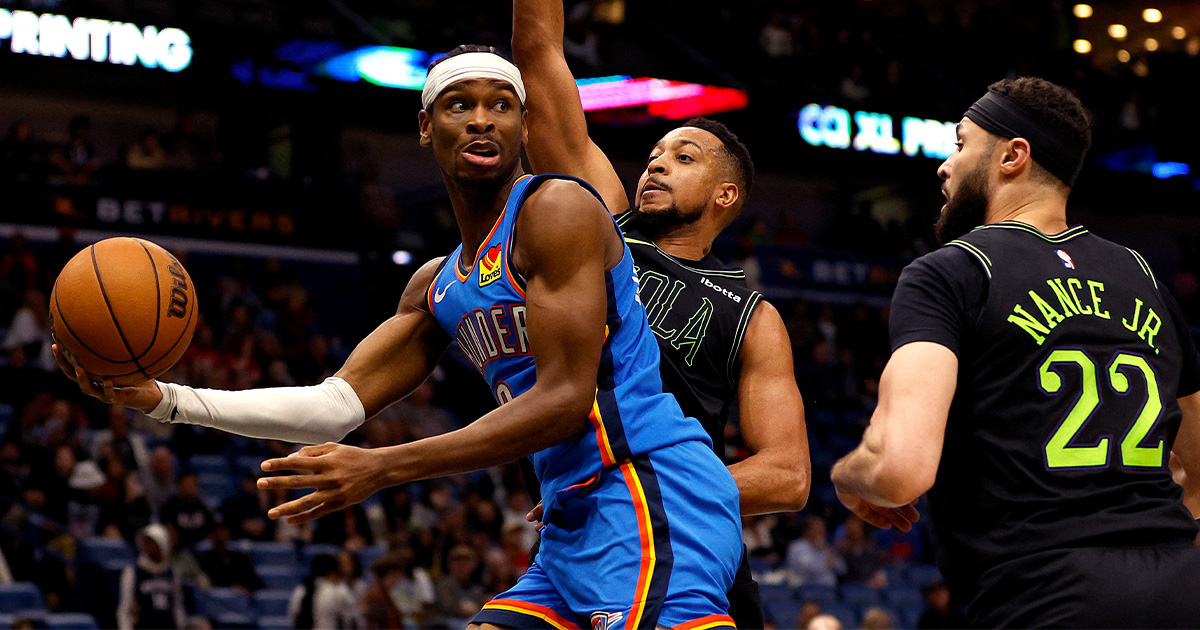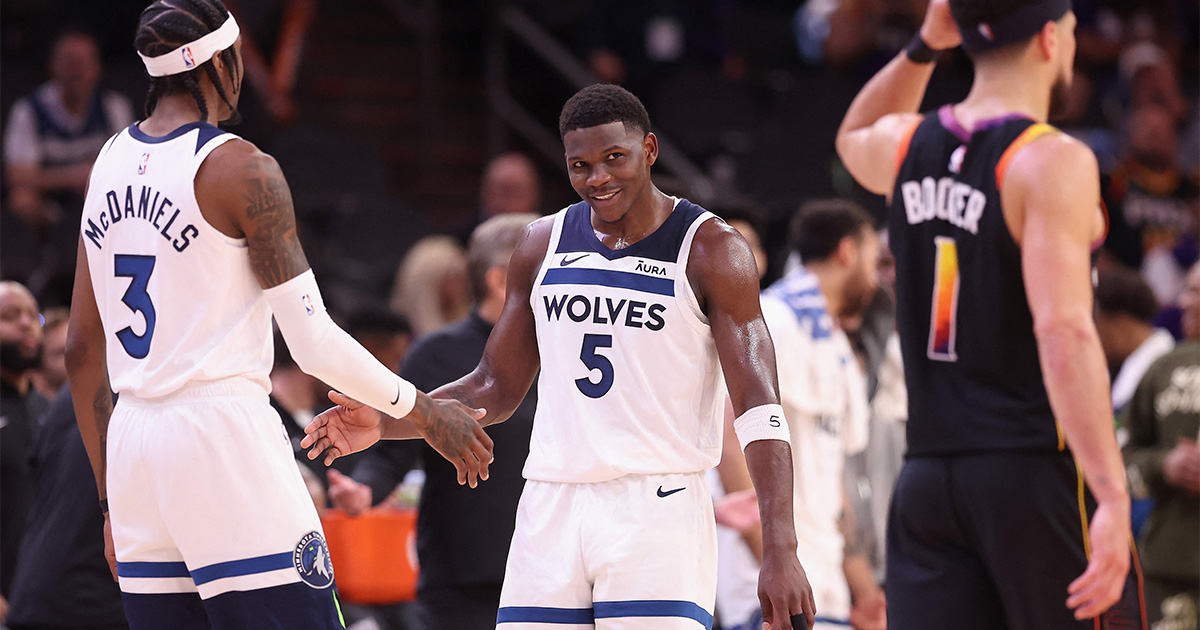The world of eSports was suddenly shaken when COVID-19 rapidly spread across the globe. With the dangers of close contact, online play has become the norm to guarantee the safety of all those involved in major eSports events.
It’s not a full-blown shift given the nature of competitive gaming, but there have been significant changes in the fundamentals of how the competitive scene has carried on since global lockdowns began. Most events have been postponed, rescheduled, or simply cancelled.
The lack of a live audience, the exponential need for entertainment, and shifts towards online tournament setups, are all the things every broadcaster, player, and spectator has to accept during these trying times.
Let’s discuss how League Esports has been doing so far and what does the future look like for the industry.
The Steady Growth of Esports Viewership

Just like in actual sports, one of the most charming points in eSports is the hype. As the world shifted into the new decade, eSports has made new strides in their culture in regards to live viewership. With the power of online streaming sites, the League of Legends’ 2018 Mid-Season Invitational has reached over 127 million in peak viewership and over 24.5 million average concurrent users, becoming the most-watched eSports event as of today.
Nowadays, video game tournaments can potentially fill up huge stadiums just as actual sports leagues do. In the Intel Extreme Masters 2017 World Championship, the longest-running pro gaming circuit spanning different top eSports games like League of Legends, they tallied over 173,000 attendees in the Spodek stadium at Katowice, Poland alone. They also managed to reach more than 46 million unique online viewers.
If you could imagine over a hundred thousand people cheering on for their favorite teams, imagine the staggering amount of hype that flows in the audience, competitors, and shoutcasters alike.
As the eSports industry continues to develop itself, the numbers for live attendees and online viewership will certainly continue to increase as well.
Statistics on Online Media Consumption amidst COVID-19

With everyone under stay-at-home orders, we are pretty much limited in options to entertain ourselves. Fortunately, the Internet has been brewing so much content from Netflix shows to Twitch streams.
Statistics have shown that over 36% of the world population has been spending more time for computers and video games, and over 51% has been spending time watching more shows and films on streaming sites such as Netflix.
In the same report, a survey conducted in the Philippines with 1,008 respondents has revealed that 40% of the population has been spending time playing online games, and 61% have taken the time to watch more shows and films on streaming sites like Netflix.
Meanwhile, TwitchTracker has reported a steady increase in concurrent viewers since January 2020. From 1.36 million average viewers in January, it slowly increased to 1.64 million in March. It increased by 66% during April, reaching up to 2.49 million average viewers, and this growing trend might suggest it will persist on the upcoming months.
Overall, these numbers suggest that a substantial amount of people have looked for refuge in the Internet, especially for their entertainment.
Regional Tournaments
Of course, the most affected by the current scenario are tournaments. Due to the necessity for social distancing, the tradition of holding live events became a huge risk for all persons involved.
The LPL in China was the first to make a move during January as the first COVID-related death was reported on the January 9. On January 25, the LPL was postponed indefinitely due to the outbreak, and two days later, the English casting team for LPL left China. The LPL held an online scrims league on February 26, and then pushed for online play starting March 9.
On January 29, the LCK declared to push through the 2020 Spring Season on February 5, but without a live audience. However, on March 2 they opted for an indefinite suspension due to South Korea starting to have confirmed cases. They returned on March 25 after establishing online play similar to the LPL.
The LEC was suspended from March 13 until March 20, from which they also opted for online play until their Finals matches.
The LCS was initially less restrictive compared to other regions during February, with one reason being that there were not many cases in the West as of that month. They gradually prohibited fan meets and handshakes, then live audiences and interviews over the course from February to March. On March 13, they finally suspended the tournament, then resumed with online play from March 19 onwards.
For the broadcasters, they mostly have agreed on doing their work through online conferencing methods, as shown by the LEC and the LPL English team. In particular, the LPL showcased supporting cheers from audiences with short clips of them cheering on their teams right before matches started.
Likewise, the other regional tournaments followed suit, and all tournaments are now played in an online setting until it is deemed safe enough for most people to conduct live events. Therefore, some internet problems are inevitable depending on the region, which can lead to some downtime in the broadcasting.
State of 2020 Mid-Season Invitational and World Championships
Because of the ongoing situation worldwide, John Needham, the Global Heads of Esports for Riot Games, has decided to cancel the 2020 Mid-Season Invitational. Because the event is the second most anticipated event to the World Championships, huge factors involving the pandemic such as safety and travel restrictions were deciding factors for the cancellation.
As a result, the 2020 World Championships adapted a change in its seeding. These changes are as follows:
- LPL (China) and LEC (Europe) gain one seed each for four teams due to their outstanding performance for the past two years
- LCK (Korea) and LCS (North America) have three seeds
- VCS (Vietnam) gain a second seed for their outstanding performance from the 2018 and 2019 Mid-Season Invitational
- PCS (Southeast Asia) now has two seeds because of the merge between LMS (Taiwan, Hong Kong and Macau) and Southeast Asia
- CBLOL (Brazil), TCL (Turkey), LJL (Japan), LLA (Latin America), OPL (Oceania), and LCL (Commonwealth of Independent States) all have 1 seed each
The 2020 World Championships is set to be held in China, with the Finals to be held in Shanghai Stadium, all on the month of December 2020. Until then, the Esports team will be working harder than ever to deliver a successful event in recognition of League of Legends’ 10-year anniversary despite the troubling times.
The Future of League Esports
While things have been looking bleak, there is always light at the end of the tunnel.
The world has initially fought the first wave of cases, and countries have pooled their efforts to find a proper vaccine as soon as possible to curb the pandemic and flatten the curve.
With most tournaments being held online to practice social distancing, traditions have certainly been broken. Despite this, the hype still lives on, and teams continue to hone their talents and duke it out while keeping themselves safe and entertaining their loyal legions of fans.
Here’s to hoping that in a few months time, the world will be in a better state and we can fully enjoy the different Esports tournaments just like before.
I am especially excited for the 2020 World Championships, because there are new teams that have topped their regions in the Spring split.
Hopefully they can maintain their leads in the upcoming Summer split, and we can then eventually get a full-fledged World Championships this year. Follow us for our pieces on those once it starts in the couple of months.
Until then, stay safe and let’s enjoy what the League Esports community has prepared for us!















